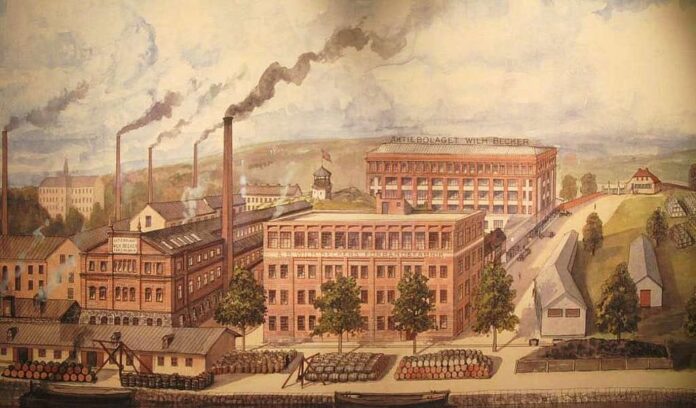Exploring AI’s Impact on Advertising and GDP: A Critical Analysis
Mark Zuckerberg recently predicted that AI could increase advertising’s share of global GDP, linking it to measurable economic growth. But how valid is this assertion? Let’s break it down.
Historically, advertising has consistently accounted for about 2% of US GDP since the 1920s. Various technological advancements have shaped this landscape, but key economic mechanisms play pivotal roles:
- Supply and Demand: Industrialization created excess supply and demand, giving rise to advertising.
- Economic Matching Mechanism: Advertising helps connect producers with consumers effectively.
However, limitations exist:
- Human Capacity: There’s a practical limit to how much advertising people can absorb.
- Diminishing Returns: Increased spending may yield little additional demand.
- Finite Media Space: There’s only so much advertisement possible in media before it becomes counterproductive.
Zuckerberg’s optimism raises questions: What components of the economy might shrink to make room for advertising growth? As AI transforms advertising, will it create new efficiencies or redefine existing mechanisms?
Let’s discuss your thoughts! Share your insights below and spread the conversation.
